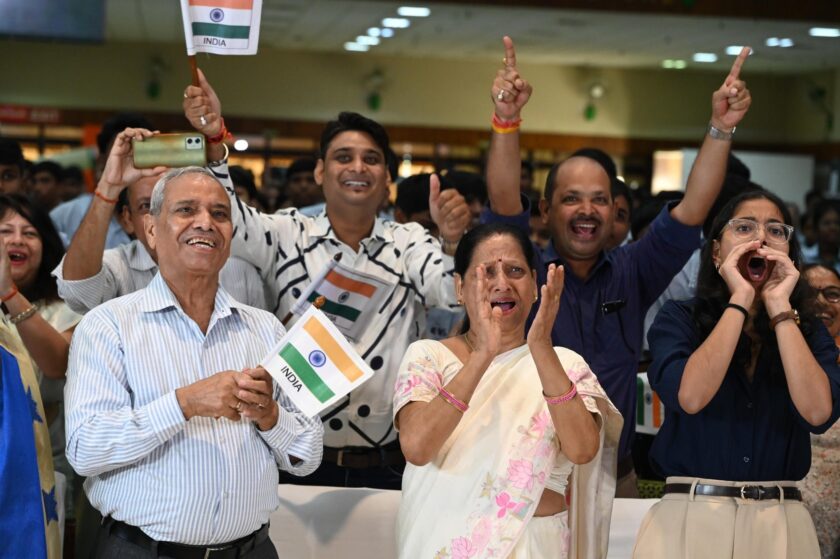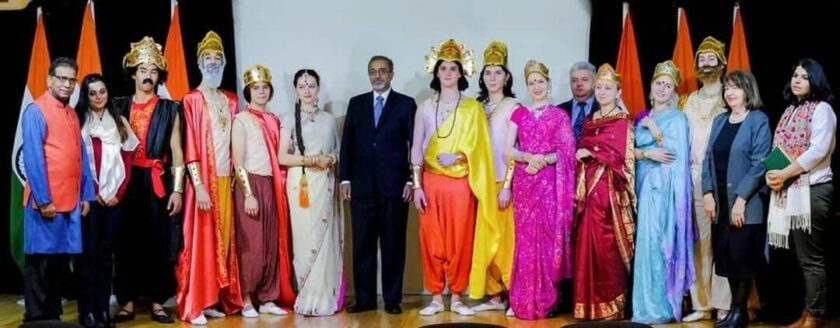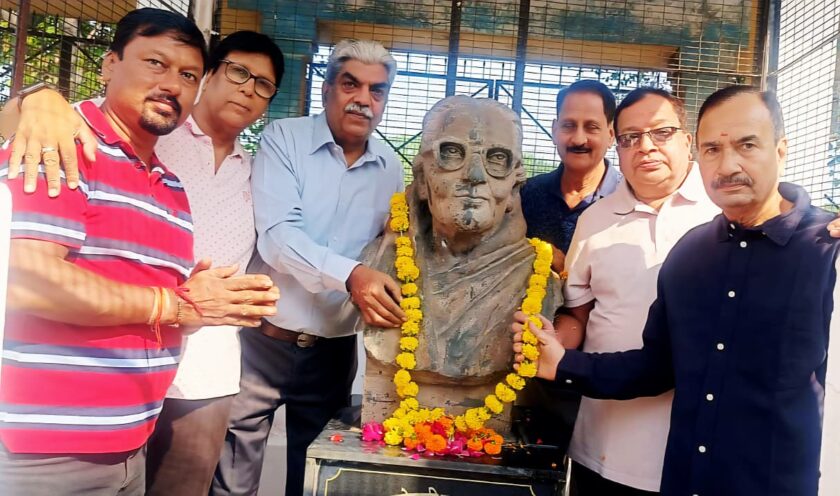Shubhanshu Shukla’s 18-Day Space Odyssey: A New Dawn for India’s Human Spaceflight
Lucknow: To the Stars — and Back.
From June 26 to July 14, 2025, Group Captain Shubhanshu Shukla, a 39-year-old Indian Air Force test pilot and astronaut, etched his name into history as the first Indian to visit the International Space Station (ISS) — and the second Indian in space after Rakesh Sharma’s landmark 1984 mission. His 18-day voyage aboard the ISS as part of Axiom Mission 4 (Ax-4) wasn’t just a personal triumph, but a massive leap for India’s growing space ambitions, particularly the upcoming Gaganyaan program.
🚀 The Journey Begins: From Earth to Orbit
Shukla launched aboard SpaceX’s Falcon 9 rocket and Dragon spacecraft Grace on June 25, 2025, from NASA’s Kennedy Space Center. Alongside Commander Peggy Whitson (USA), and mission specialists Slawosz Uznanski-Wisniewski (Poland) and Tibor Kapu (Hungary), he docked with the ISS’s Harmony module the next day, officially becoming the 634th person in space.
The symbolism was powerful — after 41 years, India was back in space, with a flag on the shoulder, a vision in the heart, and a purpose in every step.
🧪 Science in the Stars: Shukla’s Packed Mission Agenda
Operating on 12-hour schedules in microgravity, Shukla delivered cutting-edge research and technology demonstrations that will directly benefit India’s human spaceflight roadmap.
🔬 Key Experiments Conducted:
- Myogenesis Study: Investigated muscle loss in space to improve astronaut health.
- Microalgae Cultivation: Explored algae for food, oxygen, and biofuel — essential for long-duration space missions.
- Sprouts in Space: Grew moong and methi in microgravity, advancing space agriculture research.
- Tardigrade Resilience: Tested the survival of extremophiles in space — relevant to understanding life support sustainability.
- Brain-Computer Interfaces: Worked on neural interface systems for future crew control systems.
- Wearable Space Tech: Evaluated materials and sensors for next-gen Indian space suits.
- STEM Demonstration: Conducted fluid dynamics demos in microgravity for educational outreach.
🛰️ Operational Mastery: Learning to Live and Work in Space
As mission pilot, Shukla wasn’t just a passenger — he was in command of systems. From monitoring the Dragon spacecraft to participating in emergency drills, he gained critical experience that will shape the training and safety protocols for Gaganyaan astronauts.
He also spent time operating inside the Columbus (ESA) and Kibo (JAXA) modules — learning the ropes of global collaboration in space.
💪 Staying Fit in Zero-G
To fight microgravity’s muscle-wasting effects, Shukla trained daily using the ISS’s ARED, cycle ergometer, and treadmill, while medical teams tracked his vitals — providing data that will refine Gaganyaan’s health monitoring protocols.

🌏 Outreach from Orbit: Inspiring a Nation
Shukla’s mission wasn’t limited to science; it was an inspirational broadcast to 1.4 billion Indians:

- June 28: A live 18-minute video call with PM Narendra Modi, where Shukla declared: “Bharat looks bhavya (grand) from up here.”
- July 3 & 4: Engaged with 500+ students via Ham Radio, including his alma mater City Montessori School, Lucknow.
- Shared Moments: Reflected on watching 16 sunrises and sunsets daily, and described Earth as “ambitious and brave” while observing from the Cupola module.
Even the crew’s zero-gravity indicator — an Indian toy swan named Joy — became a symbolic beacon of wisdom floating across screens during broadcasts.
📦 Mission Closeout and Earthbound Return
On July 14, after 18 days of pioneering work, the Ax-4 crew undocked from the ISS. After a 22.5-hour return journey, they splashed down in the Pacific Ocean near San Diego on July 15, where Shukla began post-flight rehabilitation.
In his farewell message, he said:
“If we decide, even stars are attainable.”
🇮🇳 Impact on Gaganyaan: From Training to Transformation
The Ax-4 mission, costing India approximately ₹550–600 crore, was more than symbolic — it was strategic.
Key Gains for Gaganyaan:
- Operational Confidence: Hands-on control of spacecraft and ISS systems boosts India’s crew readiness.
- Scientific Insights: Microgravity data on muscle loss, space crops, and organism resilience feeds directly into Gaganyaan’s life support planning.
- Medical Preparedness: Real-world adaptation to space provides physiological data for astronaut selection and recovery protocols.
- International Collaboration: Working with NASA, SpaceX, and Axiom deepens India’s integration into the global space community.
- Public Mobilization: Shukla’s story inspired youth, elevated STEM interest, and amplified support for India’s space budget.
ISRO Chairman V. Narayanan called the mission “phenomenal,” while Union Minister Dr. Jitendra Singh hailed it as “an inflection point for India’s human spaceflight.”
🌌 More Than a Mission – A Movement Begins
Shubhanshu Shukla’s ISS mission was a personal triumph, a national milestone, and a global message — India is here to stay in the realm of human spaceflight. With Gaganyaan scheduled for 2027, a crewed space station (Bharatiya Antariksh Station) by 2035, and a lunar mission by 2040, his journey lit the path forward.
He ran his mission with the tricolor on his suit and science in his stride. What he left behind isn’t just data and images — it’s belief.
From floating with grace to planting the seeds of the future, Shukla’s mission proved one thing:
India’s space dream is not a question of if, but when. And the countdown has already begun.






